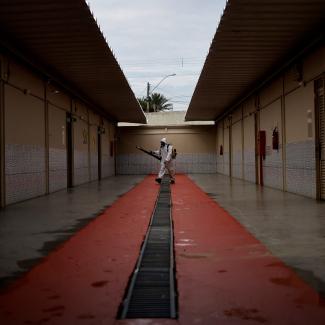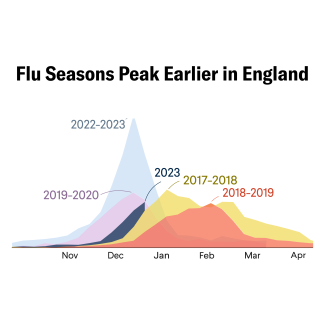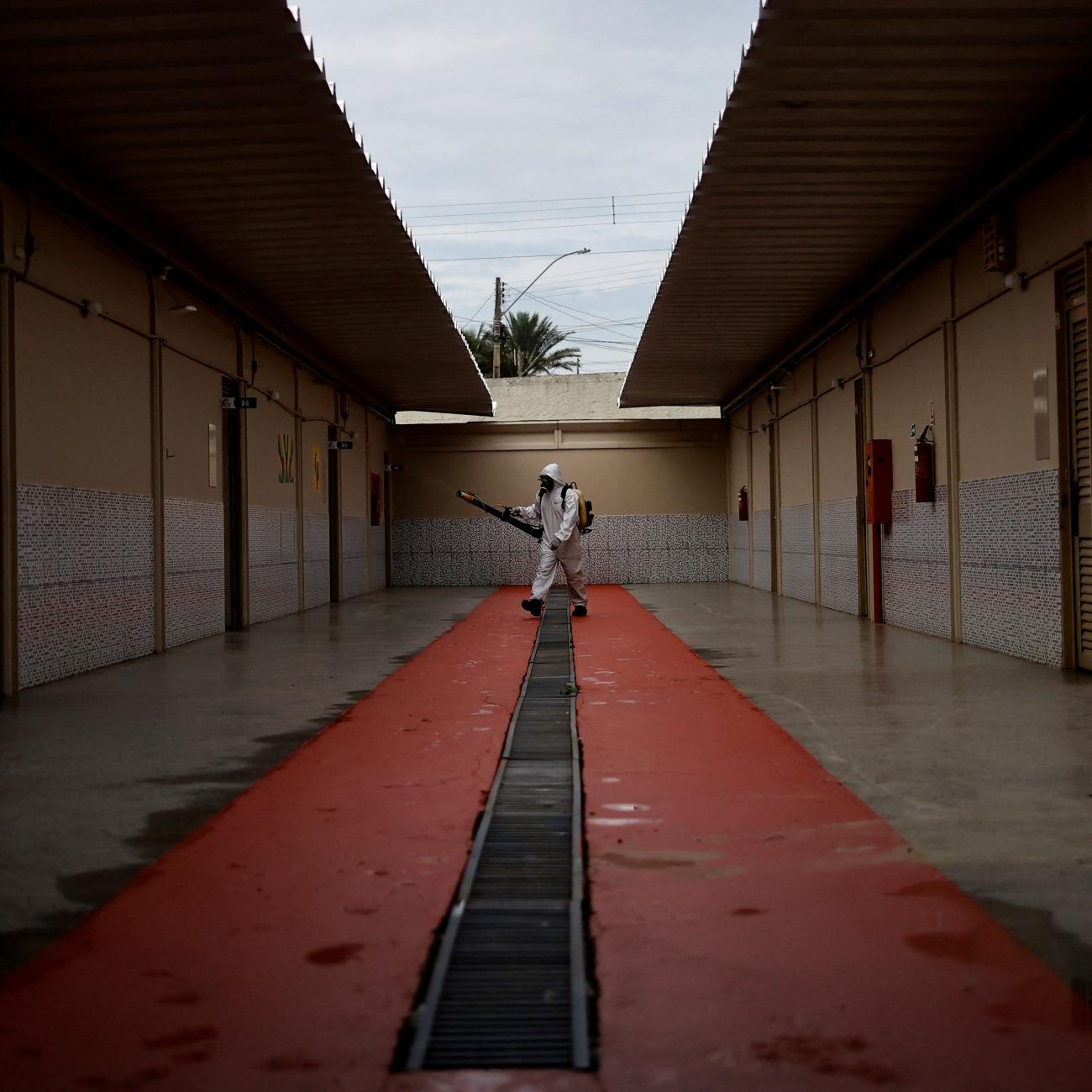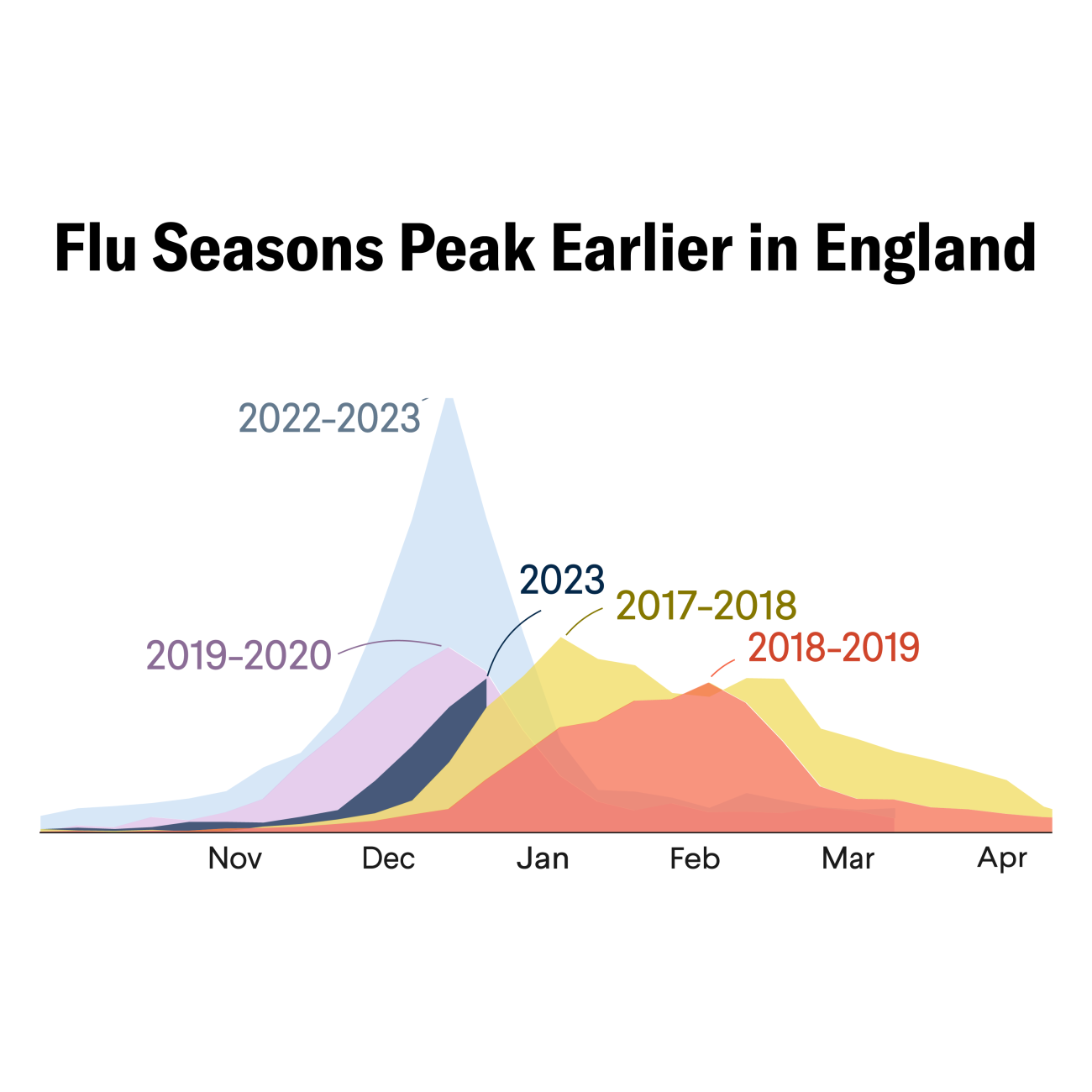Indonesia is rolling out a vaccination campaign unlike anywhere else in the world. Whereas the United States, United Kingdom, and European Union are prioritizing elderly and at-risk populations, Indonesia is bumping healthy, working-age people to the head of the queue. The delivery of vaccines appears to be imminent, but the scientific and regulatory communities must ensure the vaccines’ safety and efficacy. While Indonesians wait for this work to be completed, the country sits at a crossroads in its struggle to contain one of the largest COVID-19 outbreaks in Asia.
The virus has hit Indonesia hard. The Institute for Health Metrics and Evaluation (IHME) projects that Indonesia will see more than 35,800 cumulative deaths by April 1, 2021. At the current rate, Indonesia will remain one of the twenty countries hit hardest by COVID-19. However, even the most aggressive vaccine rollout will not dramatically redirect the curve during the first quarter of 2021. The virus is currently circulating in the community while Indonesia’s ambitious vaccination program is waiting in the wings. This underscores the importance of basic public health and safety measures, especially masks and social distancing, while the logistics are ironed out and vaccines await approval. About 5,000 lives could be saved by the end of March if 95 percent of the population—on par with the highest global rate observed in Singapore—wears a mask in public. Indonesia’s current estimated mask-use rate is 76 percent.
About 5,000 lives could be saved by the end of March if 95 percent of the population wears a mask in public
As the outbreak-to-immunization narrative unfolds, the world should keep its eyes on Indonesia. The country has featured centrally in the global vaccine race. It is one of the first countries to receive and test a vaccine from a Chinese biopharmaceutical company, Sinovac. CoronaVac, the name of Sinovac’s vaccine, is being considered for emergency approval by Indonesian regulators, but they are awaiting data from phase III trials before deciding. Indonesia has already received 1.2 million doses of Sinovac’s vaccine, and the national government in Jakarta is expecting 1.8 million more next month. However, assuming CoronaVac is safe and effective, the vaccination program cannot begin until the use of the product is authorized. Indonesia is finalizing deals with Pfizer and AstroZeneca for coronavirus vaccines for an additional total of 100 million doses, but these deliveries will not arrive until well into 2021. To reach their goal of securing enough doses for the entire population, Indonesian officials are also working with COVAX, an international vaccine organization.
These are all promising developments, but mass inoculation takes time. There are production and logistical challenges to overcome. Indonesia, an archipelago nation of more than 17,000 islands and 270 million people (the fourth most populous country in the world), must figure out how to deliver and store doses. Public health experts must also contend with vaccine hesistancy and misinformation. Religious leaders have voiced concerns about whether the vaccines are made in accordance with Islamic law. Nevertheless, the groundwork for a successful vaccination campaign is being laid. President Joko Widodo has pledged to make the vaccine free and accessible to all Indonesians. He will also be the first person in the country to be injected with a dose to demonstrate to the nation the safety and efficacy of any approved vaccines.
When the vaccination campaign launches, Indonesia will be taking a different approach than most other countries. In addition to frontline medical workers and public servants (such as police officers), Indonesian health officials are targeting working-age populations between 18 and 59. This decision was borne partly out of necessity—doses may be in short supply—but also reflects inventive thinking since this age-band, Indonesian officials observe, is more mobile and exposed. There are clear economic incentives to inoculate working-age people too. In any case, it will take time to ramp up vaccine delivery, especially in a diverse, populous, archipelagic nation like Indonesia. Once the vaccines are approved, production increased, and doses delivered, the benefits will no doubt be transformative.
While Indonesia waits for safe, effective vaccines to make inroads against the virus, widespread mask use and social distancing measures remain the best lifesaving tools to curb the epidemic. Until mass inoculations are undertaken, interventions like masks remain essential. Indeed, there is a scientific consensus that face coverings are quite effective at stopping respiratory viral transmissions in community settings. Masks are also a simple and low-cost intervention and thus especially practical for populations in a low- and-middle-income country like Indonesia.
Widespread mask use and social distancing measures remain the best lifesaving tools to curb the epidemic
How technology is mobilized will help determine the course of the pandemic in Indonesia. Encouragingly, we have seen innovation in the technology space. Indonesia’s COVID-19 Task Force provides daily updates with timely COVID-19 health data for all provinces. Jakarta Province also provides COVID-19 data, news, research, and policy insights to the public through a mobile application. Citizen data scientists like KawalCOVID-19 and LaporCOVID-19 are also tracking numbers. The central government records individual cases based on identification cards, while provincial governments use domicile records. In West Java, a government-launched Android-based mobile application PIKOBAR provides real-time data on cases, tests, and deaths. PIKOBAR is also equipped with an interactive symptom-checking tool, which enables users to perform a self-evaluation to determine whether they should seek medical attention. These data tools might also be used, updated, repurposed, and recalibrated to help track and monitor vaccine uptake.
While it is important to get the initial response right, it is equally important to effectively plan for and manage the post-peak recovery. The virus has inflicted significant economic damage. Indonesia’s economy was humming before the pandemic hit. Unemployment has skyrocketed. The central government has made efforts to stanch the economic bleeding and pull the country out of its first recession since the 1988 Asian financial crisis. President Widodo established the Committee of COVID-19 Control and Economic Recovery. About $50 billion has been allocated for virus relief programs, but much funding remains tied up. Indonesia’s legislative branch also passed an omnibus bill, a sweeping reform package meant to spur investment and accelerate economic recovery, but it has been met with mass public demonstrations.
Community spread of the virus throws existing health inequities into sharp relief and the country faced a “double burden” of communicable and noncommunicable diseases even before the pandemic hit. Indonesia has made significant health gains since 1990. Worryingly, Indonesia’s experience with COVID-19 threatens to impede, or even reverse, decades of progress the country has made to ensure that all citizens have access to high-quality affordable health care. A two-decades-long effort to decentralize health care, in which municipal and district officials gained more control over local health policy decisions, has helped increase health-care coverage and access. In 2014, the Indonesian government launched its National Social Health Insurance Scheme (Jaminan Kesehatan Nasional, or JKN), a national program designed to provide health coverage for all Indonesians underwritten largely by the government paying premiums for poor citizens. While JKN has not yet achieved its benchmark to cover 95 percent of Indonesians, the ambitions and accomplishments of the program should not be diminished. Whether COVID-19 is a bump in the road to universal health coverage remains to be seen.
Indonesia has confronted significant health crises and challenges before—the Indian Ocean tsunami, Aceh earthquake, and the road to universal health care. An effective public health response to COVID-19 that is guided by the best available evidence and a smart vaccine policy will help the country mitigate the worst of the pandemic. The future of the pandemic in Indonesia is yet to be written.
Editor’s Note: Ali Mokdad, Samuel Ostroff, Ruri Syailendrawati, and Iqbal Elyazar are employed by the University of Washington’s Institute for Health Metrics and Evaluation (IHME), which produced the COVID-19 forecasts described in this article. IHME collaborates with the Council on Foreign Relations on Think Global Health. Laksono Trisnantoro is Professor and Director of Health Policy and Management at Gadjah Mada University. All statements and views expressed in this article are solely those of the individual authors and are not necessarily shared by their institution.





